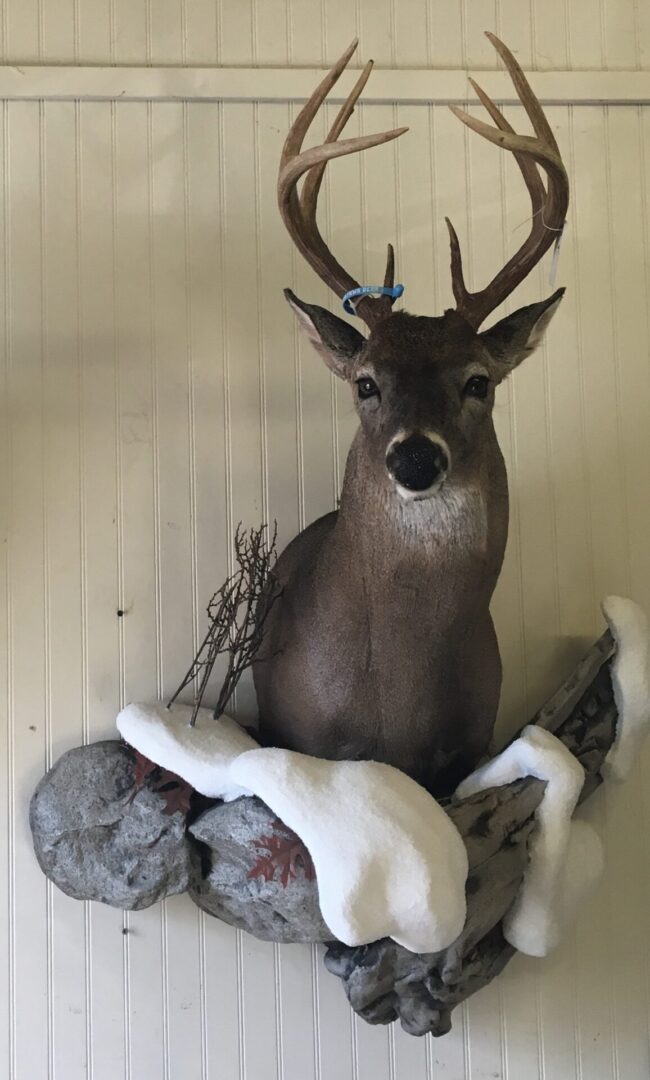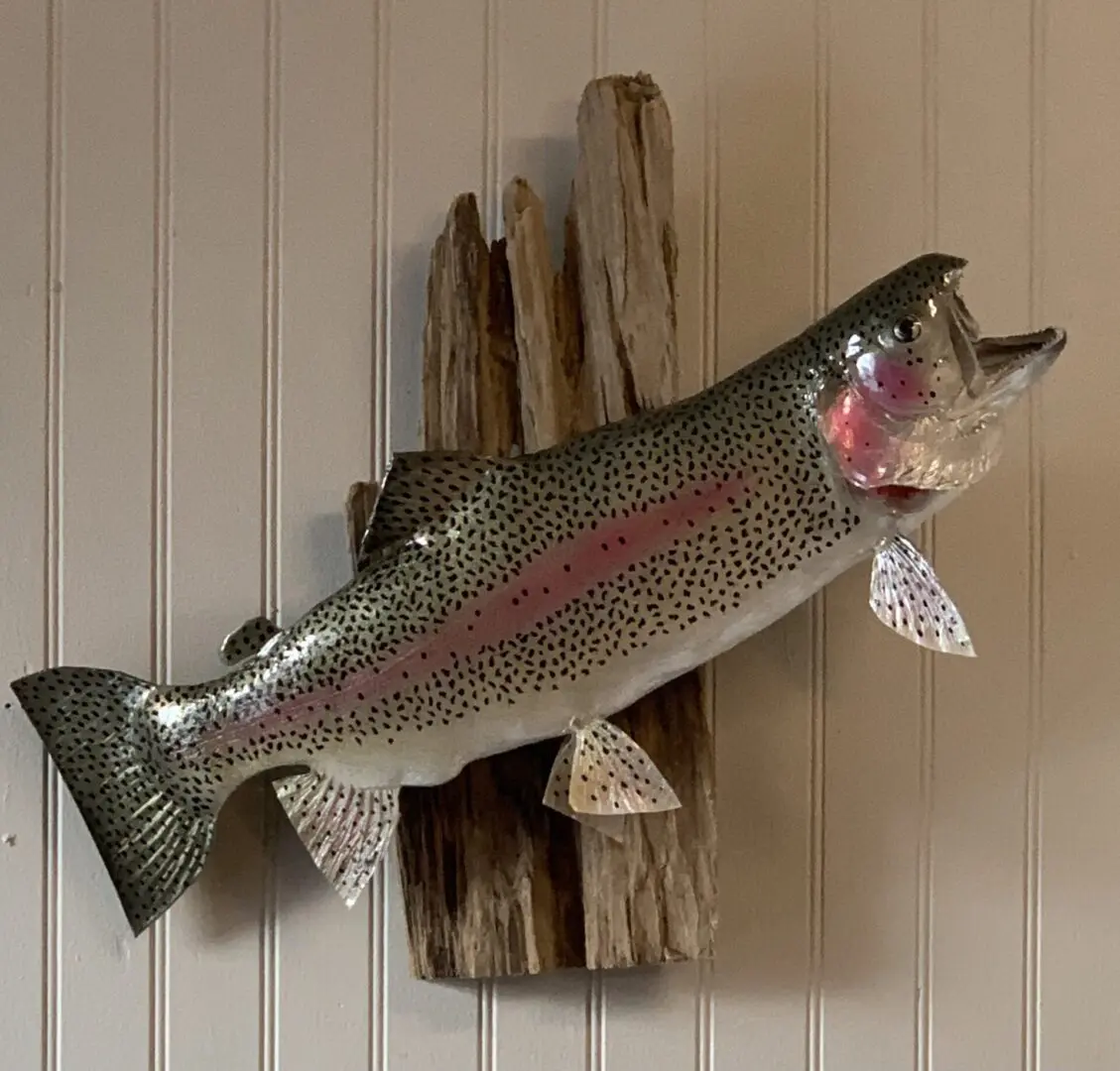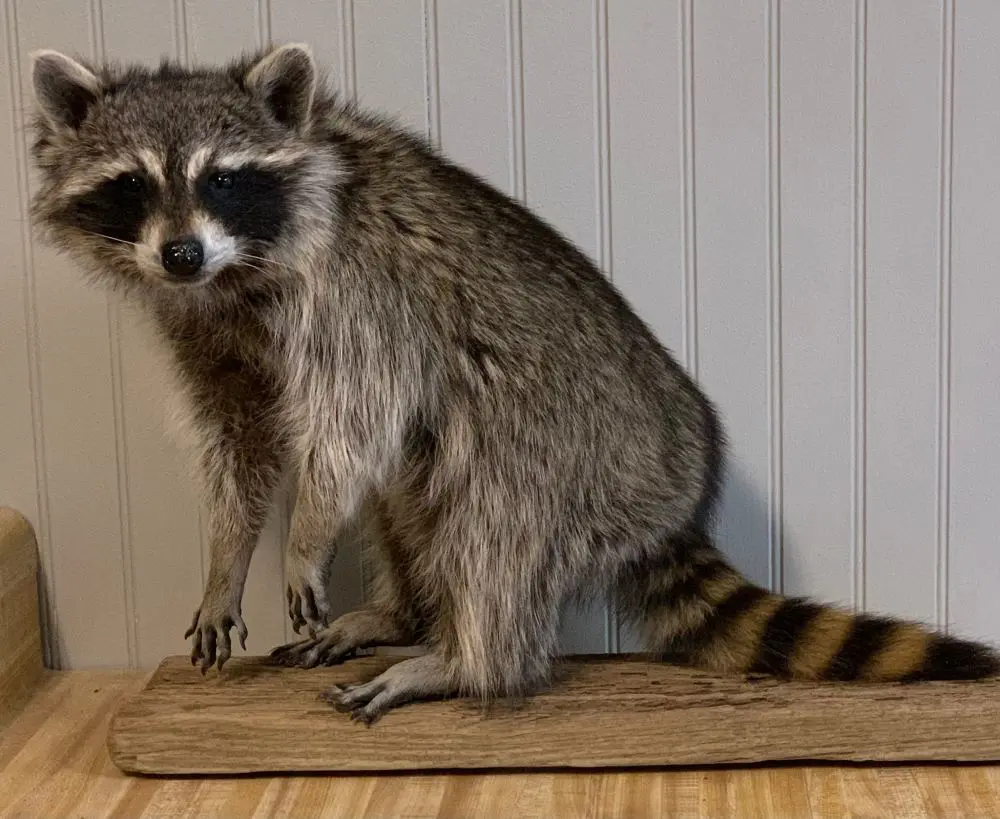Types of Taxidermy We Cover

Whitetail & Game Head Taxidermy
Sportmaster Taxidermy is one of the largest providers of whitetail deer taxidermy mounts in the North Georgia, Chattanooga, TN and Cleveland, TN areas. They mount many of the largest free-range deer taken by hunters from these areas each year and also provide taxidermy services for many exceptional whitetail deer taken from high fence establishments across the US. They are very experienced with Western Game, including elk, mule deer, and antelope. Their expertise also covers caribou, moose, sheep, and bear, as well as wild boar and javelina.
Fish Taxidermy
Offering exceptional fish taxidermy for North Georgia, Chattanooga, TN and Cleveland, TN lakes and streams since 1990.
Customers often ask, "Do you use the real fish, or is it a mold?" The answer is that it depends on what type of fish taxidermy mount you want. Sportmaster Taxidermy can skin mount most freshwater fish, but most saltwater species require a replica. You can also release your fish and reproduce it in fiberglass by measuring the length and girth of your catch. Replicas are often more expensive than skin mounts, so that should be considered when deciding whether to release a fish to get a reproduction or to keep the actual fish for a skin mount.


Small Game Taxidermy
Sportmaster Taxidermy can mount your bobcat, fox, coyote, raccoon, or squirrel. We offer realistic taxidermy mounts that come with a simple driftwood base, or we can custom build a scene to suit your trophy room.
NOTE: DO NOT field dress or make any cuts on the small game you intend to mount. Place the whole animal inside a thick garbage bag and freeze.
Bird Taxidermy
Proudly serving North Georgia, Chattanooga, TN and Cleveland, TN area waterfowl hunters for over three decades.
Sportmaster Taxidermy offers bird taxidermy mounts for quail, pheasant, turkey, and all waterfowl, including geese, ducks, and sandhill cranes.
Here are some key tips for selecting a good specimen for a mount: Pick a bird with little to no damage to the head. Look for primary and secondary wing feathers that are intact and not broken. Check the tail for missing sections.
